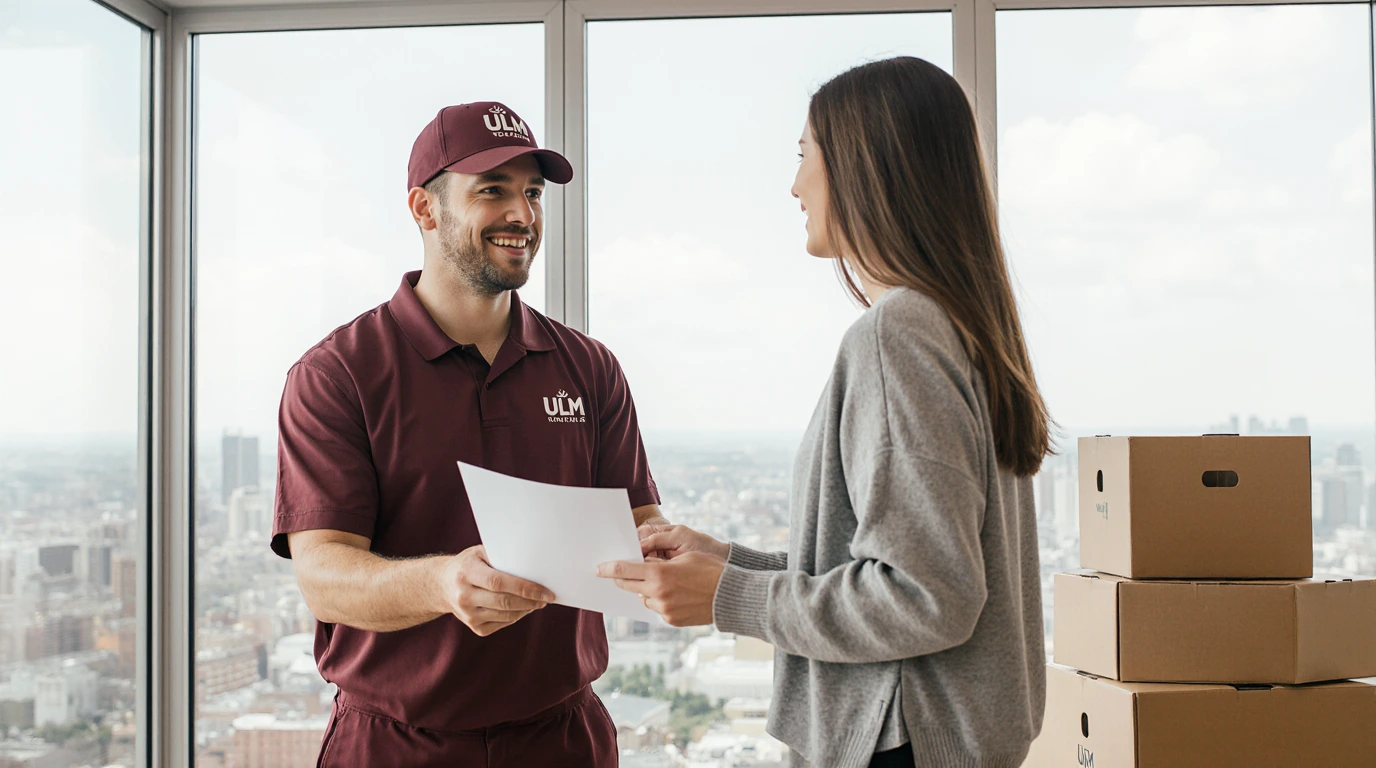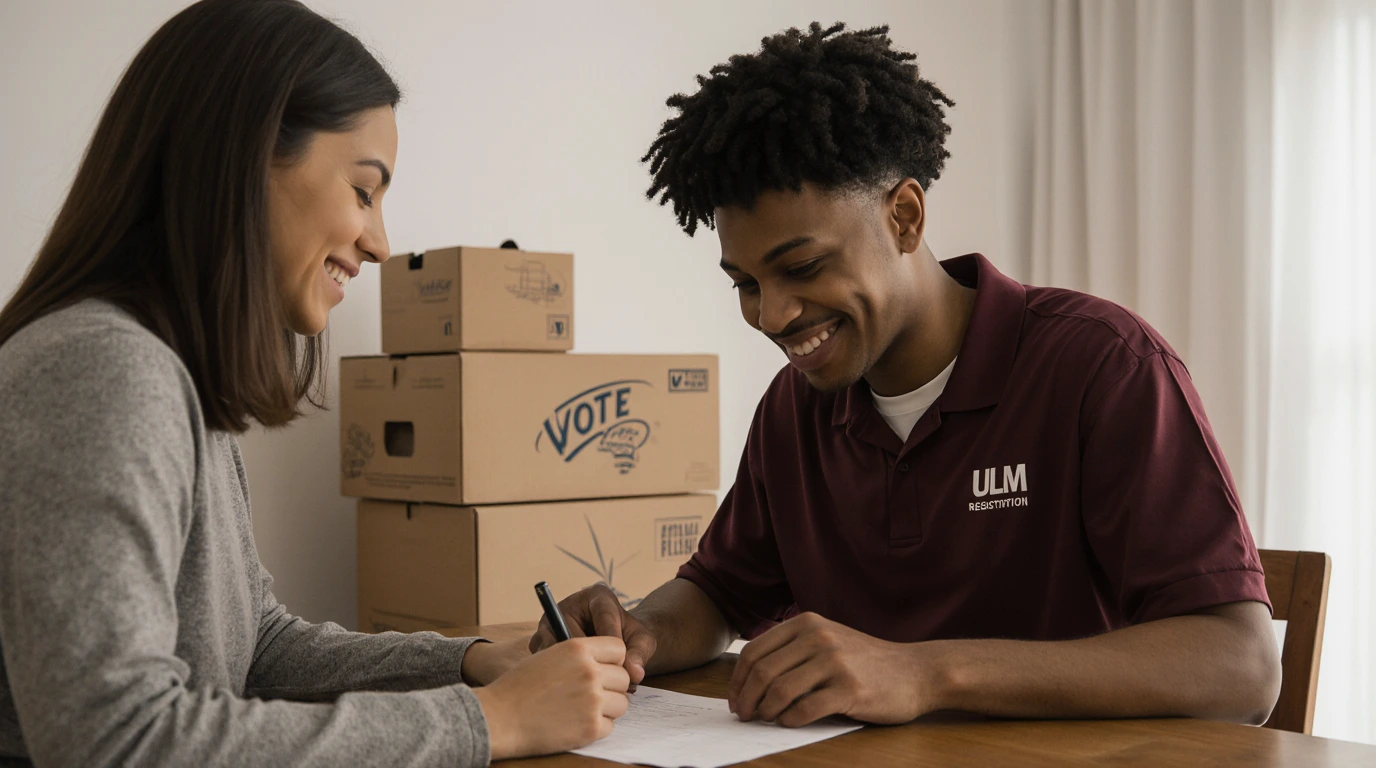Ensuring the New Home Is Move-In Ready: A Complete Pre-Move Checklist
Moving day is exciting—but it can quickly turn stressful if your new home isn’t fully prepared for your arrival. From missing utilities to last-minute cleaning or broken appliances, unprepared homes can cause unnecessary delays and frustration after a long day of moving. At United Local Movers, we’ve helped thousands of families make smooth transitions into their new spaces. In this guide, we’ll walk you through everything you need to do before moving in—so you can step into a clean, safe, and functional space from day one.Why Move-In Readiness Matters
A move-in ready home is more than just empty walls and floors—it’s a place that’s fully functional, comfortable, and secure. Taking time to verify key systems and prepare the space helps avoid chaos once the boxes start arriving. It also reduces the risk of emergency repairs, unexpected costs, or inconvenient surprises after you’ve already settled in.1. Conduct a Final Walkthrough
Before closing on a home or signing a lease, schedule a final inspection. Look closely at every room for signs of damage, wear, or maintenance issues such as:- Water stains or leaks under sinks, around windows, or on ceilings
- Cracks in walls or floors
- Pest infestations or signs of past activity
- Broken electrical outlets, switches, or lighting fixtures
- Doors that don’t lock properly or windows that stick or won’t close
2. Activate Utilities and Internet Services
Don’t assume services like electricity, water, or internet will be active when you arrive. Schedule setup in advance to avoid spending your first night in the dark—or worse, without running water. Services to activate before moving day include:- Electricity and natural gas
- Water and sewer connections
- Trash and recycling pickup
- Internet and phone services
- Heating and air conditioning units
3. Deep Clean Before You Move In
Even if the previous occupants cleaned, give your new home a deep scrub before unpacking. This is much easier to do without furniture and boxes in the way. Areas to focus on:- Kitchen: cabinets, countertops, sink, oven, fridge
- Bathrooms: toilets, showers, tubs, mirrors, faucets
- Floors: vacuum, mop, steam-clean carpets
- Walls and baseboards: wipe down dust and grime
- Ceiling fans and light fixtures
- Closets, pantries, and storage nooks
4. Update Locks and Security Features
Your safety should always come first. If the home has been occupied before, replace all exterior door locks and consider these upgrades:- Install smart locks or video doorbells
- Test window locks and garage door openers
- Update alarm system codes or install a new system if needed
5. Test All Major Appliances
If your new home comes with built-in appliances, test each one to ensure they’re working properly:- Refrigerator and freezer (check temperature and ice maker)
- Dishwasher (run a cycle to test drainage and spray arms)
- Oven, stovetop, and exhaust fan
- Washing machine and dryer
- Water heater and HVAC system
6. Plan Your Furniture Layout
Before the movers arrive, measure each room and note where large furniture pieces will go. Check entryways, hallways, and staircases to make sure everything fits smoothly. Create a basic floor plan so your movers know exactly where to place items. This makes unloading faster and less stressful—and helps prevent awkward situations like a sofa stuck in the hallway.7. Install Essential Safety Equipment
Ensure your family’s safety by checking or installing these essentials:- Smoke detectors in every bedroom and common area
- Carbon monoxide detectors near sleeping areas
- Fire extinguisher in the kitchen
- First aid kit accessible and stocked
- Emergency exit routes clearly marked
8. Pack a First-Night Essentials Kit
After a long day of moving, the last thing you want is to dig through dozens of boxes to find your toothbrush or phone charger. Prepare an essentials bag or labeled box containing:- Toiletries and medications
- Basic cleaning supplies and paper towels
- Toilet paper and tissues
- Snacks, bottled water, and drinks
- Flashlight, tools, and extra lightbulbs
- Phone chargers and power strips
9. Update Your Address and Local Information
Once you’ve moved, make sure your new address is updated across all important accounts and services:- USPS (via official Change of Address form)
- Banks, credit cards, and financial institutions
- Health insurance, doctors, and prescriptions
- Employer and HR department
- Subscription services like Amazon, Netflix, and meal kits



